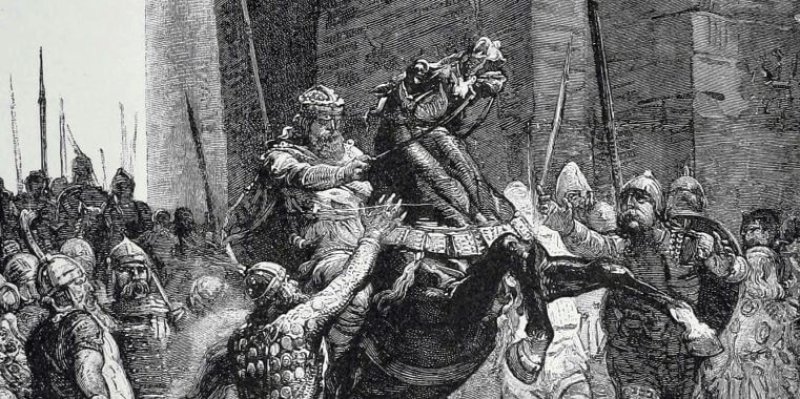We know very little of [Longobards] or any of the other barbarian tribes that roared through Western Europe other than roughly contemporary descriptions of where they came from. But a study of the DNA left behind in the cemeteries of the Longobards provides some indication of their origins and how they interacted with the Europeans they encountered.
…
[M]any of the individuals had a significant contribution from Southern Europeans in their ancestry—in one case, a female skeleton looks like it’s French, in genetic terms. One of the families was largely a mix of Southern European with contributions from the Iberian Peninsula—only a few of the family members have significant Longobard contributions.…
All of this paints a picture that’s consistent with the spotty historical record. The Longobards arrived in the area of what is now Hungary from Northern Europe and then moved into Italy, where they remained and buried several generations of their family members. In both locations, however, there are signs of the turmoil gripping Europe at the time. Several families show indications of marrying people from outside the Longobard culture, and at least one family in each location appears to have been from Southern Europe.
This suggests a degree of cultural mixing, given that both groups appear to have buried their dead in the same location.
Read full, original post: Using Medieval DNA to track the barbarian spread into Italy































